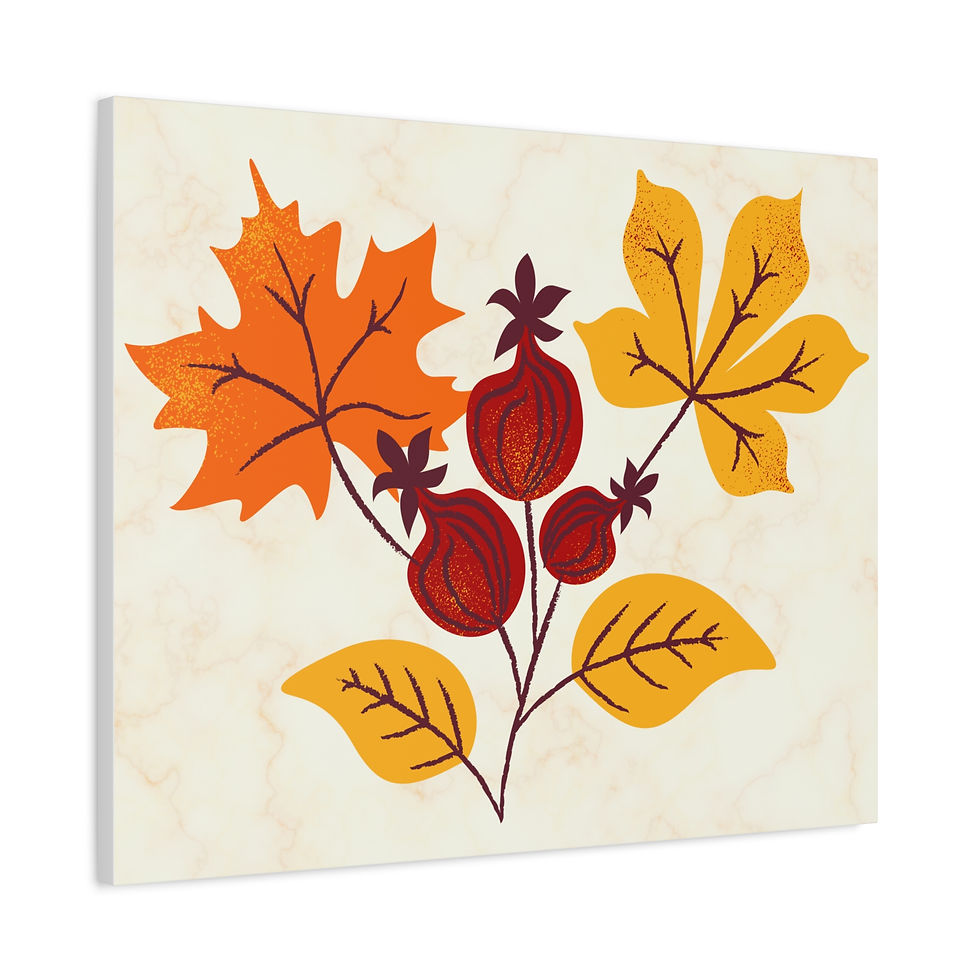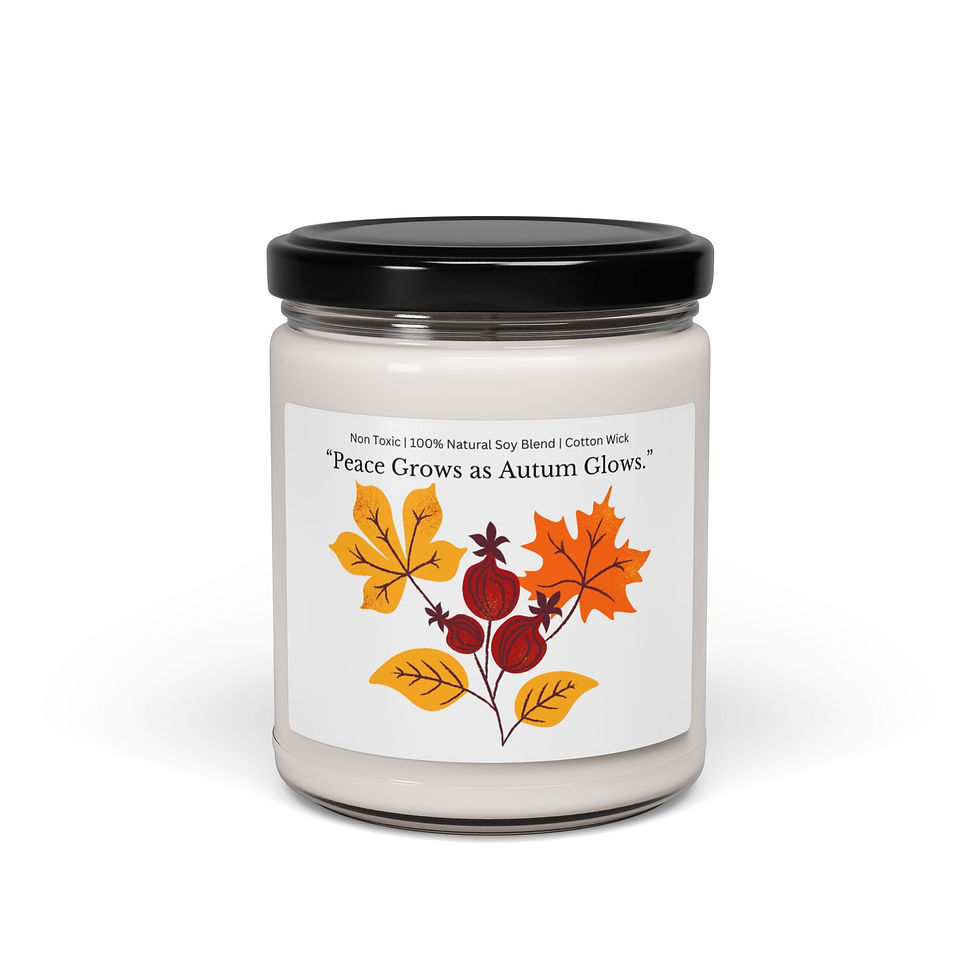How To Overwinter Green Bell Peppers To Grow Them Again Next Year
- Cultivate Simple Delights

- 18 hours ago
- 4 min read
Growing green bell peppers can require a ton of patience, especially when you are new to gardening, but did you know you can cut the time it takes to start these plants simply by overwintering them?
Disclaimer: Cultivate Simple Delights is part of Amazon Affiliate Program and receives a small commission at no extra cost to you when you purchase items through our links.

I know I've been there a ton of times waiting for my pepper plants to grow and it seems they are always the slowest to grow, especially compared to things like cucumbers and tomatoes, so when I learned this trick I was all about it.
So what is overwintering your plants?
Overwintering is a simple process that makes your pepper plants go dormate over winter and then you can replant them when the threat of frost is over allowing you to have mature plants in a significantly quicker time span than replanting them from seed.

What to do with bell peppers in the Winter?
Peppers are a warm season plant that thrives in hot conditions, so when the threat of frost is in the forecast you want to make sure to bring them indoors.
To keep your bell pepper plants happy and healthy throughout Winter follow these easy steps and you'll have mature plants ready to go come Spring time.
Harvest Before Frost: Start by harvesting any remaining peppers before the first frost. Did you know that bell peppers can be stored for up to two weeks in the refrigerator? They can also be used in a variety of dishes like stir fries, salads, or even as a healthy raw snack with hummus or ranch.
Transplant to Containers: If you want to keep your plants alive consider bringing them indoors before the temperatures drop. Bell peppers thrive in pots, so if you have them planted in the ground carefully dig them up and transplant them into containers with at least 12 inches of soil.
Prune Your Plants: Prune your plants by trimming back any dead or yellowing leaves, which can take energy away from the healthy parts of the plant. By keeping only the robust sections, you allow the plant to conserve energy during colder months and increase its chances of survival.

Luckily, if you want to try to overwinter your pepper plants this season you have a few options.
The first options is to leave them in active dormancy by placing the plants in a sunny location of your house. This allows them to continue actively photosynthesizing, so that they produce again faster in the Spring.
The second option if your limited on space is to place your plants in a dark cool area like a garage or basement, which sends them into resting dormancy and at this point your basically just keeping the root ball alive by lightly watering every few weeks just enough to prevent the roots from completely drying out.
This is a great option if your limited on space with a sunny location in your house.
Lastly, to save your bell pepper plants for next season you could also consider taking cuttings from your pepper plants and placing the cuttings in soil or water to grow new plants by Spring.
This is best done in a sunny warm location of your home or using grow lights to keep your pepper plants healthy.
This GooingTop LED Grow Light is perfect for keeping your pepper plants thriving offering full spectrum lighting with adjustable lights that make it easy to keep your pepper plants indoors.

How To Grow Bell Pepper Plants Quickly By Overwintering
Imagine being able to get ahead of the game by having mature plants ready to go simply by overwintering your green bell pepper plants.
This is a perfect way to grow a ton of bell peppers in a much shorter time span plus you can even grow new plants from your existing ones by propagating cuttings using healthy stems.
It's always a garden win when you can turn one plant into several.
Read how I do the same below with sweet potato plants:
Whether you choose to bring them indoors, praprogate them, or prepare them for the cold your efforts will pay off when you get to enjoy fresh bell peppers again next year in half the time.
So, don’t let winter slow you down—embrace this challenge and keep those peppers growing!
Ready to keep your garden thriving from seed to harvest? This all-in-one log book helps you plan, track, and reflect on every detail — from seed starting and pest control to expenses and yields — so you can grow smarter and more confidently every season.
























































Comments